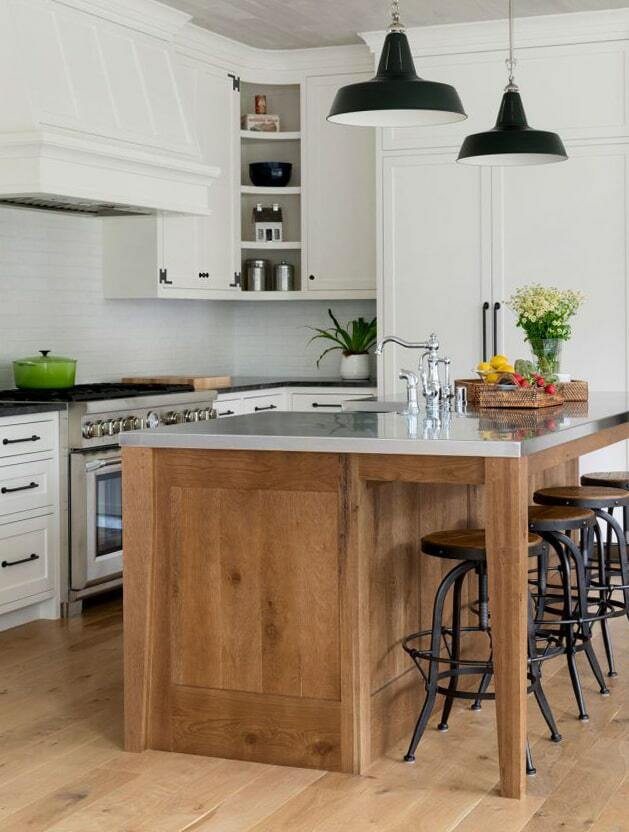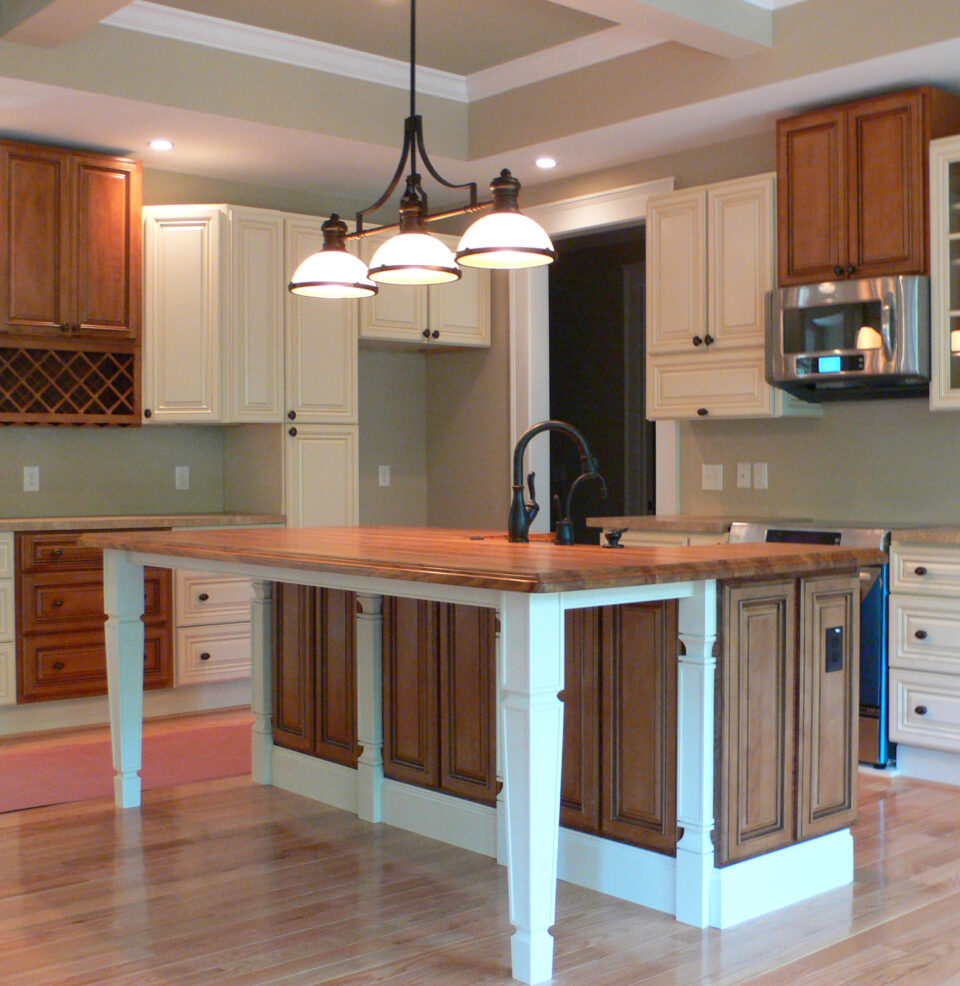Just how to Incorporate a Kitchen Island Leg right into Your Kitchen Remodel
Just how to Incorporate a Kitchen Island Leg right into Your Kitchen Remodel
Blog Article
The Significance of a Sturdy Cooking Area Island Leg in Creating a Useful Cooking Location
A strong kitchen area island leg works as a basic part in developing a functional cooking atmosphere, giving necessary support for both the kitchen counter and various kitchen area tasks. The security it supplies can considerably decrease the risk of crashes in high-traffic locations, while likewise adding to the general visual coherence of the space. As kitchen areas develop into multifunctional areas for cooking, eating, and interacting socially, the option of materials and design factors to consider for island legs comes to be significantly important. Recognizing these elements can change your kitchen area right into a safer and much more reliable location, prompting more exploration into the very best alternatives available.
Advantages of Sturdy Island Legs
Providing crucial support, strong cooking area island legs play a pivotal role in enhancing the performance and durability of kitchen area islands - kitchen island leg. These legs not only bear the weight of the countertop and any type of added products positioned on the island, but likewise add to the general stability of the structure. A well-supported kitchen island ensures that it remains useful and upright, also under heavy use, which is particularly important in active kitchen area environments
Furthermore, sturdy island legs can improve the aesthetic appeal of the cooking area. They supply a strong structure that can match various design styles, from modern to typical. This convenience permits homeowners to tailor their kitchen islands according to individual taste while making sure that the architectural stability stays uncompromised.
Along with their supportive role, robust kitchen island legs can also boost safety and security. A stable island minimizes the danger of mishaps triggered by tottering or tipping, which is especially crucial in homes with youngsters or senior people. Furthermore, strong legs can assist in a smooth flow of tasks, allowing for efficient dish preparation and social communications within the kitchen area area. Eventually, spending in durable cooking area island legs is necessary for a useful and aesthetically pleasing cooking location.
Materials for Cooking Area Island Legs
When picking materials for cooking area island legs, toughness and aesthetic charm are essential aspects to take into consideration,. The most common products include hardwood, metal, and engineered wood, each offering distinct advantages.
Hardwood, such as oak, cherry, or maple, is a traditional selection due to its strength and classic appeal (kitchen island leg). It can withstand significant weight and is immune to use, making it perfect for high-use kitchen settings. In addition, wood can be stained or painted to complement various kitchen styles
Steel legs, typically crafted from stainless-steel or wrought iron, provide a modern and industrial look. They are unbelievably solid and can sustain substantial loads while being immune to dampness and warmth, which is useful in a cooking location. Metal legs can additionally be easily cleansed, improving their functionality.

Layout Considerations for Security
The choice of materials for cooking area island legs directly affects the layout factors to consider for security. When making a kitchen area island, it is paramount to assess the weight-bearing capacity of the chosen products. Larger products, such as strong wood or steel, generally supply better security, particularly under the stress and anxiety of daily use.
Furthermore, the leg layout need to incorporate appropriate geometry to improve stability. A wider base increases the support area, reducing the risk of tottering or tipping. Factor to consider needs to also be provided to the elevation of the legs; out of proportion leg lengths can bring about imbalance, compromising the general security of the island.
Moreover, the circulation of weight across the island is critical. Ensuring that the leg positioning aligns with the heaviest components, such as countertops and devices, will further enhance security.
Upkeep Tips for Longevity

Cleansing is an additional important element of maintenance. Depending upon the material of the legs-- whether wood, metal, or composite-- ideal cleaning approaches need to be used. For wooden legs, a gentle wipe with a suitable wood and a damp towel cleaner will assist maintain their coating. Steel legs might require a light polish to stop rust and keep their gloss.
If the kitchen island experiences heavy usage, think about enhancing the legs with extra braces or supports to enhance toughness. By complying with these upkeep pointers, home owners can guarantee their cooking area island legs stay useful and robust for years to come.
Choosing the Right Leg Design
Regular upkeep makes certain that kitchen area island legs stay practical and sturdy, however selecting the appropriate leg design is just as essential for both looks and assistance. The option of leg style can considerably affect the general design and consistency of your kitchen.

Functionality is one more important element. For instance, thicker legs or those with a strong base can sustain much heavier countertops and equipment, boosting the island's utility. Alternatively, slim pop over to this site legs might produce a ventilated look, suitable for lighter layouts however potentially less supportive.
Conclusion
In summary, the relevance of strong cooking area island legs can not be overstated in the creation of a useful cooking area. These legs offer crucial assistance, improve security, and add to the total aesthetic of the cooking area. By very carefully picking ideal materials and designs, in addition to carrying out correct maintenance methods, the durability and performance of kitchen islands can be made sure. Ultimately, buying robust island legs is basic to attaining a effective and risk-free cooking atmosphere.
A durable kitchen area island leg serves as a fundamental component in establishing a useful food preparation environment, providing necessary assistance for both the countertop and numerous kitchen area tasks.Giving essential support, tough kitchen island legs play a critical function in improving the performance and resilience of kitchen area islands. Eventually, spending in tough kitchen area island legs is important for a functional and visually pleasing cooking location.
Consideration must likewise be offered to the height of the legs; out of proportion leg lengths can lead to imbalance, endangering the general security of the island.
Wood legs offer their explanation heat and a classic appearance, while metal legs provide a commercial and modern-day feeling.
Report this page